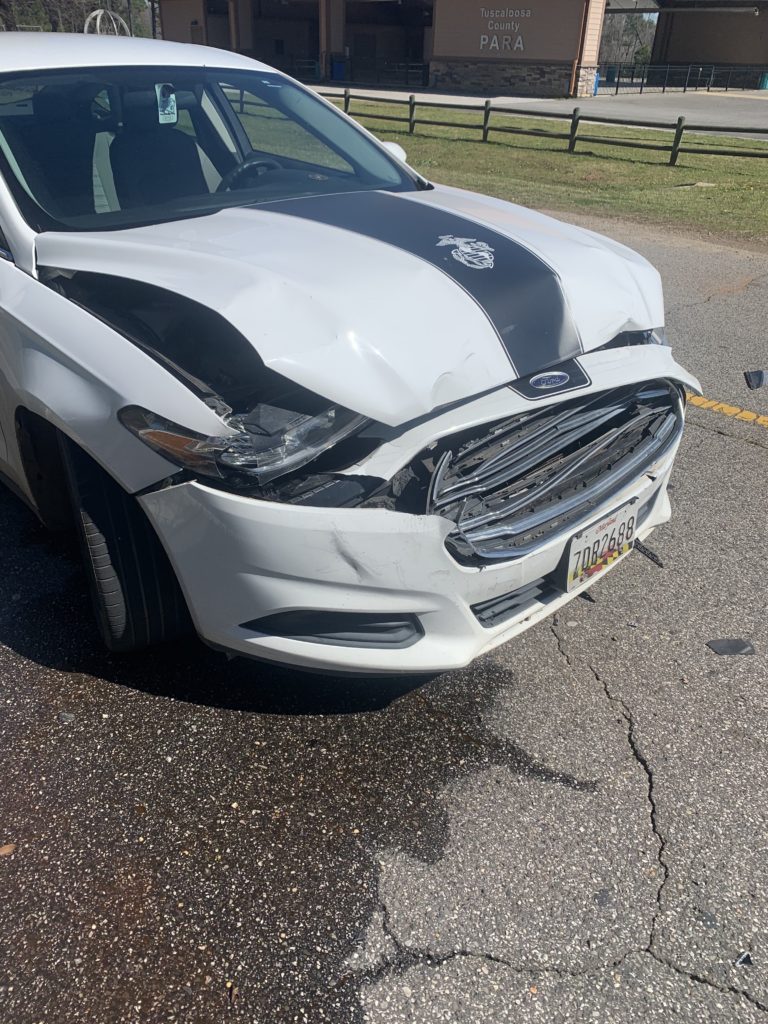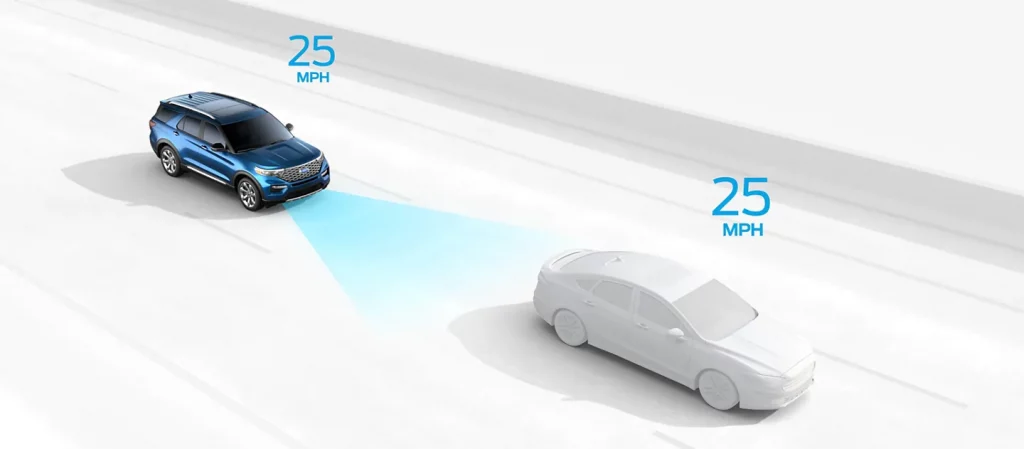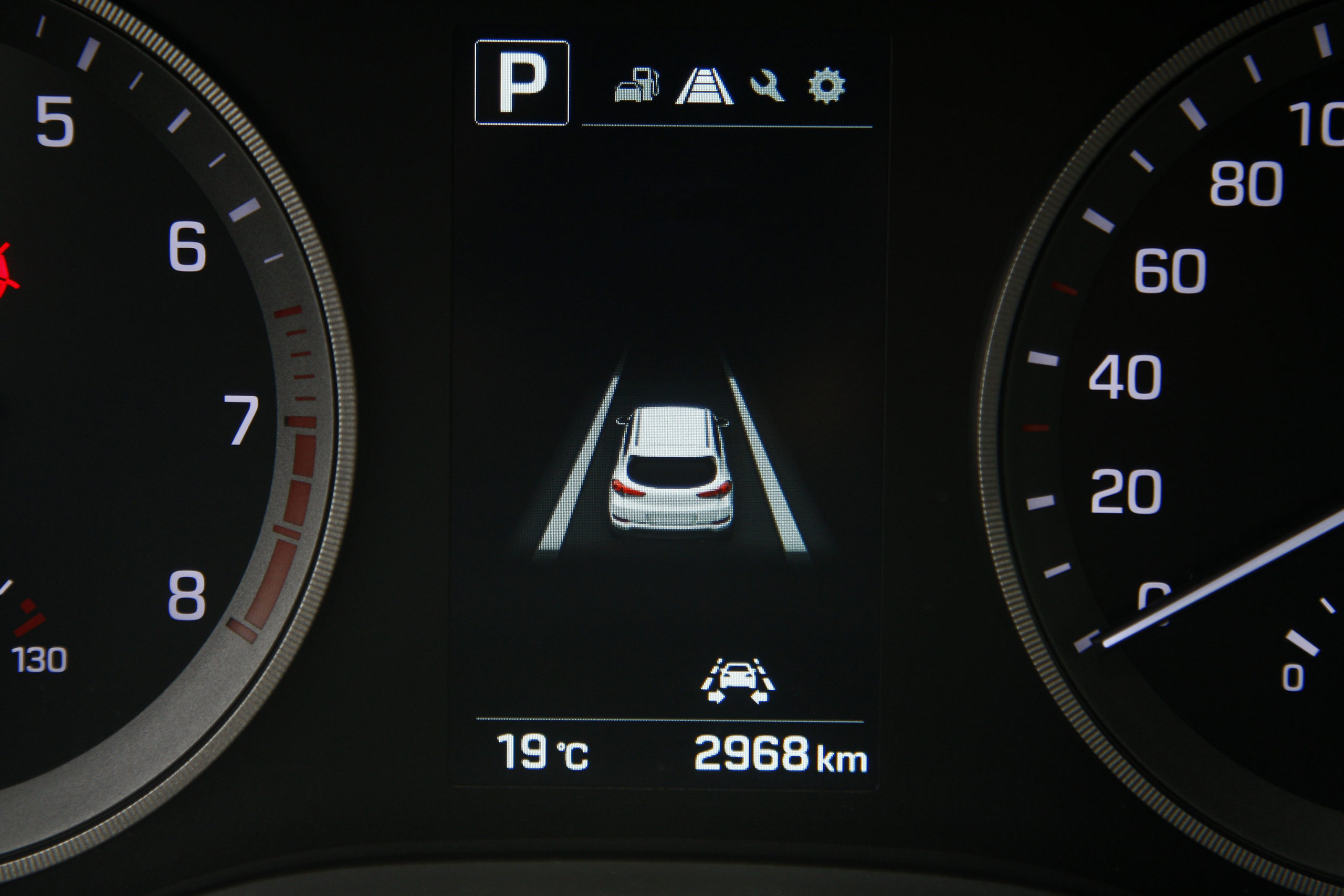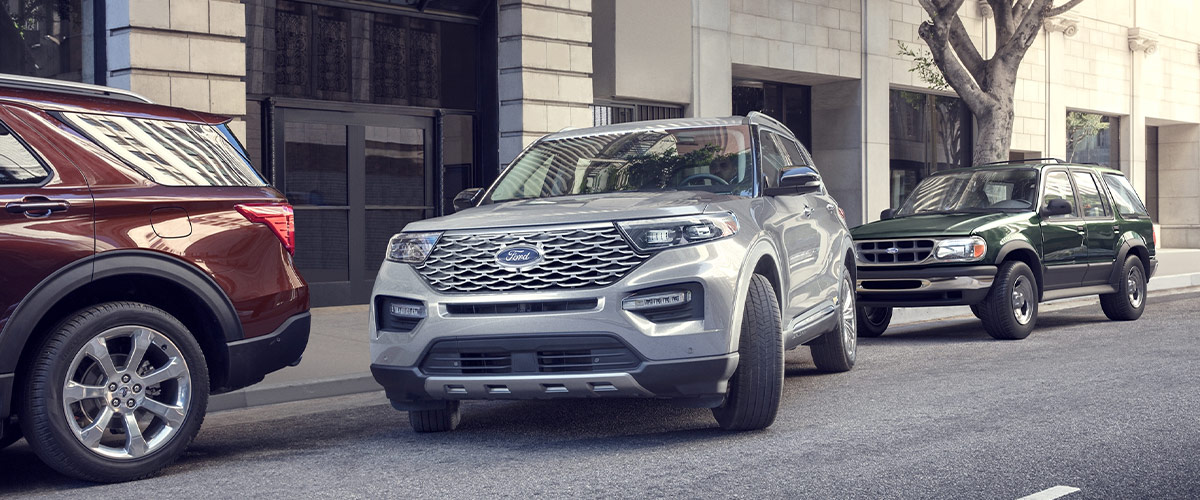Do I need Adaptive Cruise Control for my teen driver?
Adaptive Cruise Control (ACC) and Speed Sign Recognition (SSR)
I just want to make one thing clear, Adaptive Cruise Control is not the same type of cruise control we had when we were learning how to drive that was mainly intended for highway use. Adaptive Cruise Control takes old-fashioned cruise control a couple of steps further.
When my son started driving, everybody’s complaint (my daughter mostly) was that he followed cars too closely. In fact, his first fender bender was caused by his penchant to “ride the bumper” of the car in front of him and he lightly smacked a car at a stop light that had come to an abrupt stop. Fortunately in that situation, the outcome was a little traded paint between the two vehicles and insurance information. His second accident the one that totaled the car was also probably caused by following too closely, and also checking his phone and not the car at a complete stop in front of him.

As a parent, there is only so much you can teach them about maintaining a proper distance or any of the other rules of the road. When they are out on their own, your experienced driving influence is totally out of your hands and that can be frustrating. That is why we are such strong proponents of ADAS (Advance Driver Assistance Systems). Adaptive Cruise Control is an ADAS system, and it could prevent some of my son’s distancing issues, but not in all situations. Adaptive Cruise Control like all of these systems has its pros and cons.
The many names for Adaptive Crusie Control
When shopping for cars, whether you are using Rookie Rides or not, you will likely come across vehicles with adaptive cruise control under its many names such as:
- Active cruise control
- Dynamic cruise control
- Radar cruise control
- Automatic cruise control
- Intelligent cruise control
The whole naming thing is a problem for shoppers because the manufacturers like to come up with their own names for the feature to stand out in the marketing campaigns. This is an issue that we hope will not have to address in the future as manufacturers are being pushed to come up with a single universal naming convention for all the ADAS features in vehicles moving forward.
Many vehicles you’ll likely encounter will come with this feature if they have auto brake technology in them since they use the same equipment to perform the job, namely radar sensors and cameras.
Cruise Control’s brief history
The traditional cruise control that we all grew up with actually has a pretty interesting story. It was invented by a blind man named Ralph Teetor in the 1940s and was patented by him in 1948. Like most inventions, the cruise control system was invented to solve a frustration of a single human. While riding with his lawyer, Ralph noticed the lawyer had a tendency to slow down while talking and speed up while listening. This annoyed Teetor, who decided to come up with a device to control the speed of the car automatically. It would take another ten years before you could buy a car with cruise control and it had to be a 1958 Chrysler product (fun fact I actually have a 1958 Chrysler product – a Desoto but mine does not have that new-fangled cruise control in it).

Mitsubishi first introduced Adaptive Crusie Control in Japan in 1992. This was a lidar-based distance detection system that identified objects that were getting too close. They called it ‘Debonair’ and it was programmed to provide a warning to the driver about oncoming objects to maintain a preset speed but also a fixed distance from the vehicle directly in front.
When first introduced, Adaptive Cruise Control allowed the driver to lock on to the desired speed without having to manage the accelerator. This technology has come a long way in helping drivers effortlessly maintain a constant speed as well as providing several other beneficial features that would be helpful to everyone, but especially for inexperienced drivers.
Adaptive Cruise Control can adjust your speed based on your preset target and interprets camera and radar data to maintain your distance from vehicles in front of you. An additional option for Adaptive Cruise Control is the Stop-and-Go feature. This function will apply the brakes, but only when the vehicle ahead of you comes to a complete stop. It will then resume autonomous control of the car if the stop is between two to three seconds. Depending on your teen’s attention span and reaction time, those few seconds can lead to collision prevention and save lives.
Adaptive Cruise Control Limitations
As of right now, Adaptive Cruise Control is not recommended for use in inclement weather because it has trouble seeing in bad weather. It also does not perform well in hilly, curvy, or busy traffic.
Bundled Systems
As with many of these ADAS systems, they come bundled with other similar systems because the sensors and controls also impact and operate other systems. Radar-based Adaptive Crusie Control is often bundled with pre-crash or collision-avoidance systems like Auto Brake, Collision Warning, and even Lane Keep Assist to assist to reduce steering input on corners when the cruise control system is activated.
Speed Sign Recognition (SSR) is another companion adaptive driving system that identifies the road’s speed limits and automatically adjusts the vehicle speed accordingly. It autonomously resumes the preset speed when it detects a new speed limit. The two technologies, ACC and SSR work synchronously in Intelligent Adaptive Cruise Control (IACC) systems.

With Intelligent Adaptive cruise control, you can set it to maintain a range of speed at a certain limit above or below the scanned signs. It can also be disabled altogether. If, for example, SSR detects a 45-mph speed limit, and the range is set at plus 5 mph, the SSR is then updated to 50 mph.
Does my teen driver need Adaptive Crusie Control? Our Verdict- Nice To Have
Our stance on Rookie Rides is always to match the car to the kid, but we give you the tools to do that. Some technology such as Auto Brake and Teen Driver Controls is an absolute must in our view. Adaptive Cruise control if it’s in a car that you are considering for your teen should certainly be used in the right conditions as it will help avoid a collision. But because of its current limitations in bad weather, and road types, for now, we consider it a “nice to have” feature. As this system gets better and the technology improves with things like Lidar, we may change that recommendation. But if the car you are considering for your child doesn’t have Adaptive Crusie Control, it shouldn’t be a deal breaker, unless you feel that it is an absolute must-have feature. Luckily Rookie Rides helps you find those vehicles.
Safe Motoring.

 Back to Teach Me
Back to Teach Me






